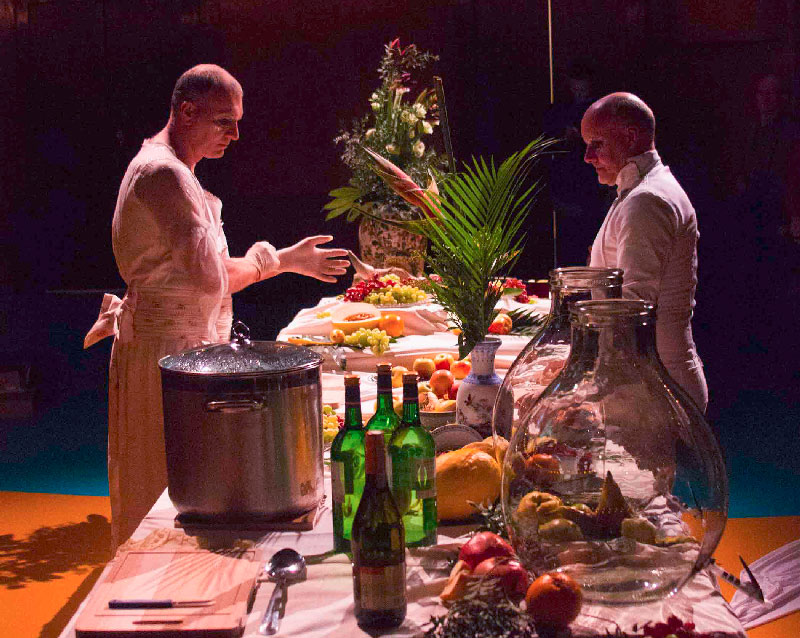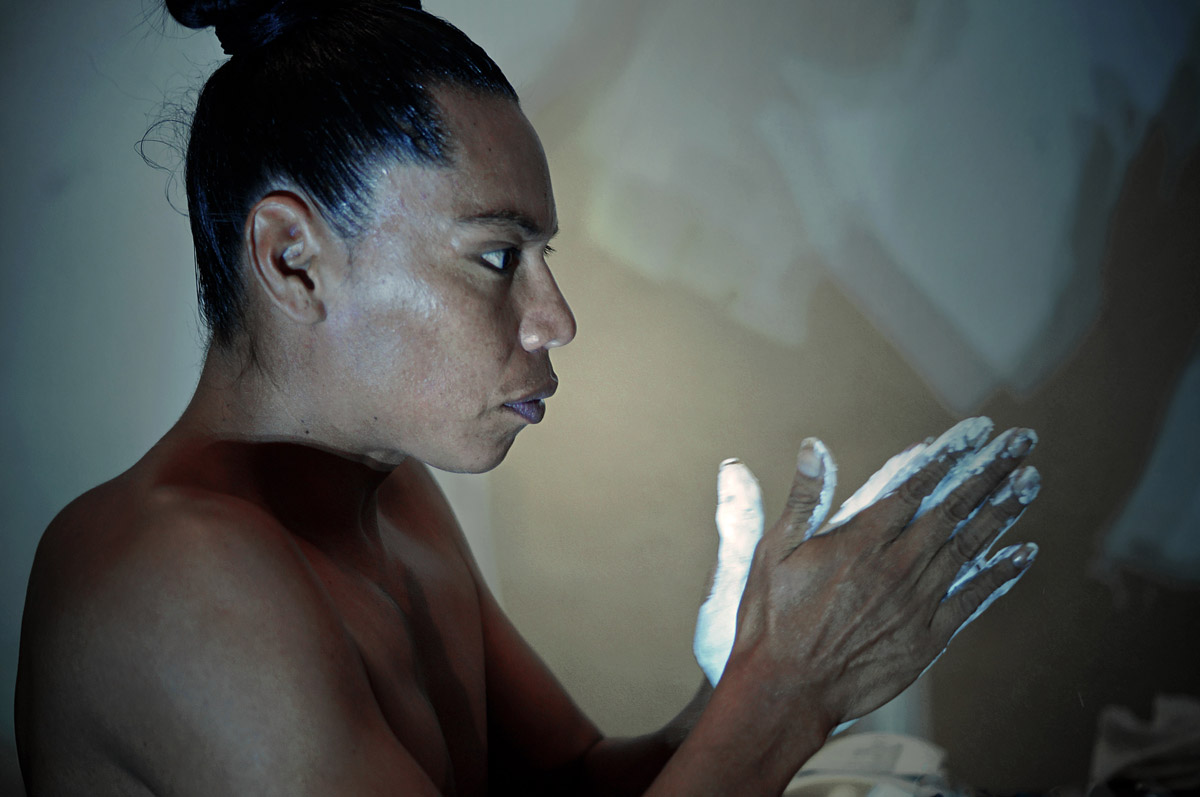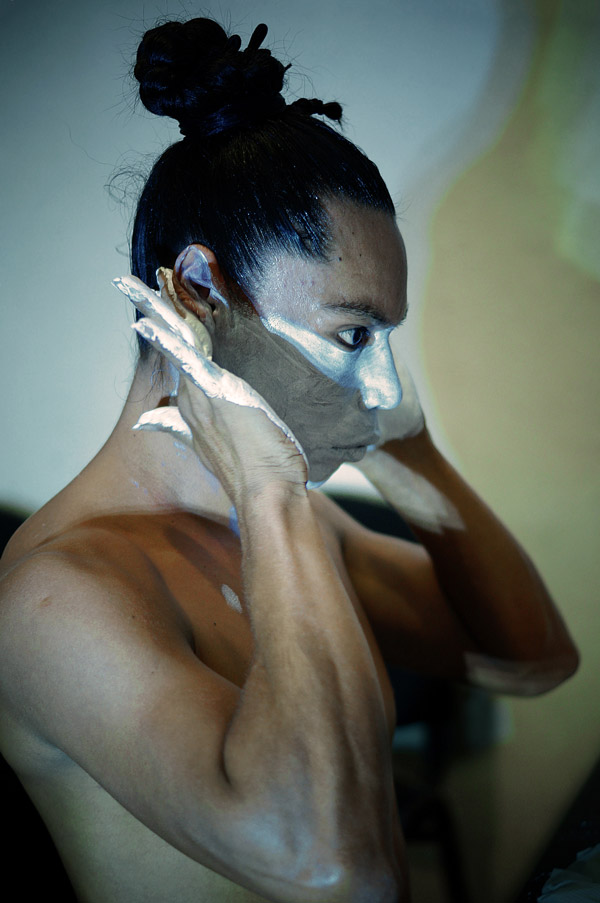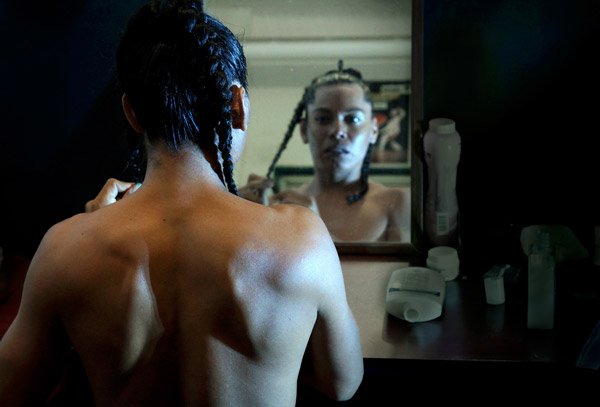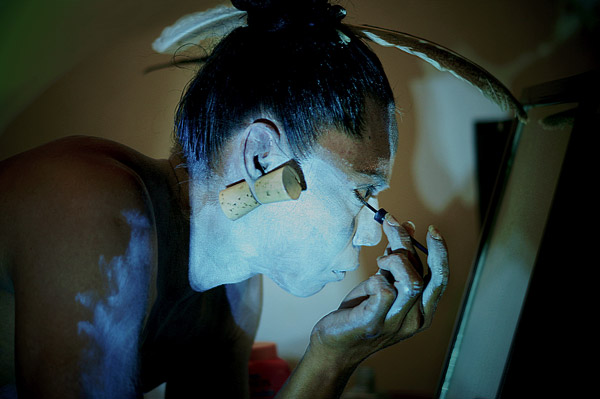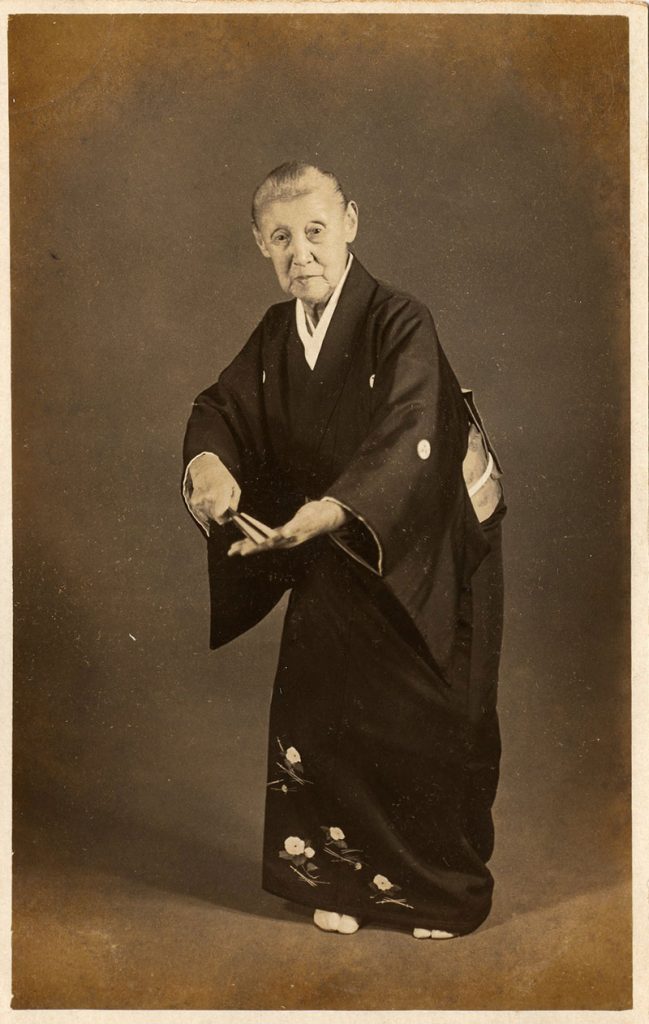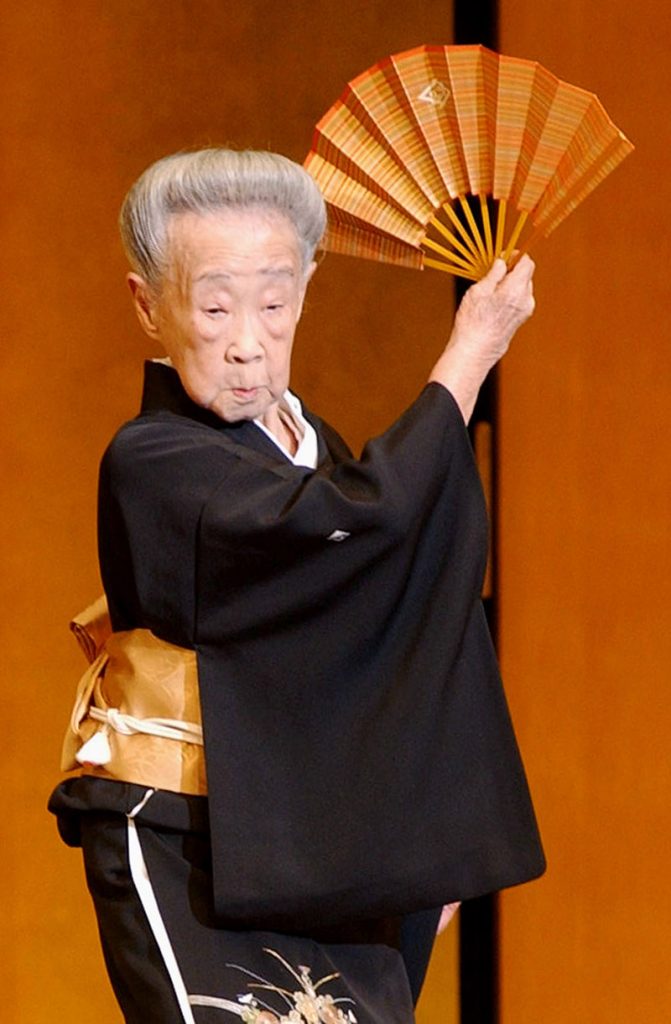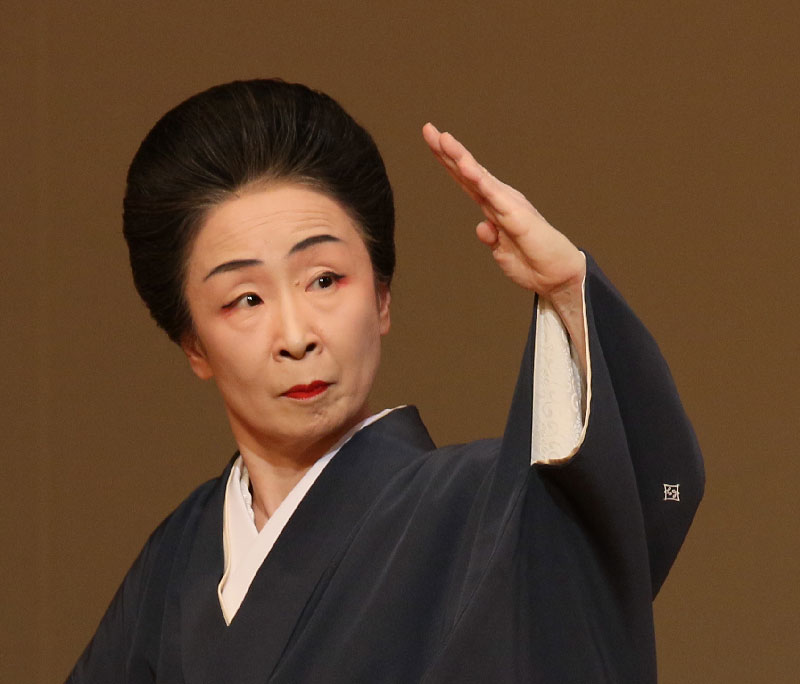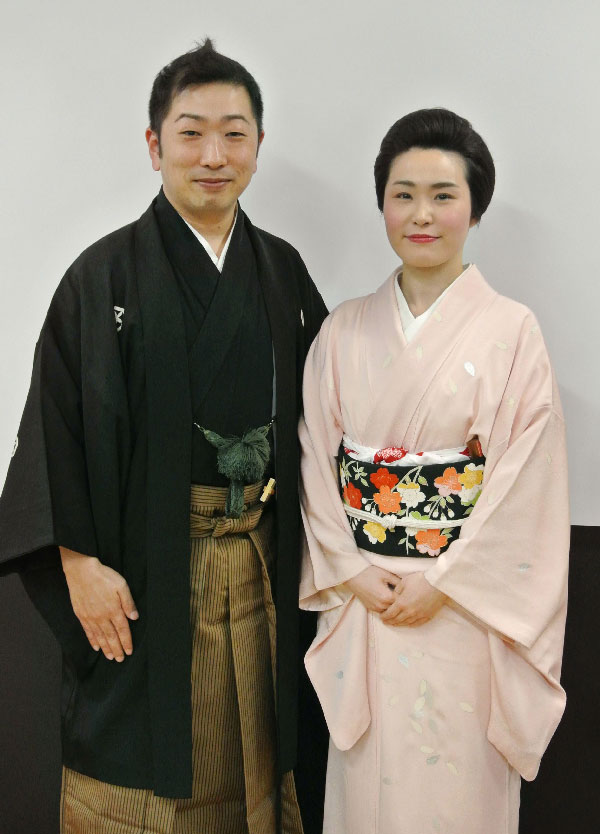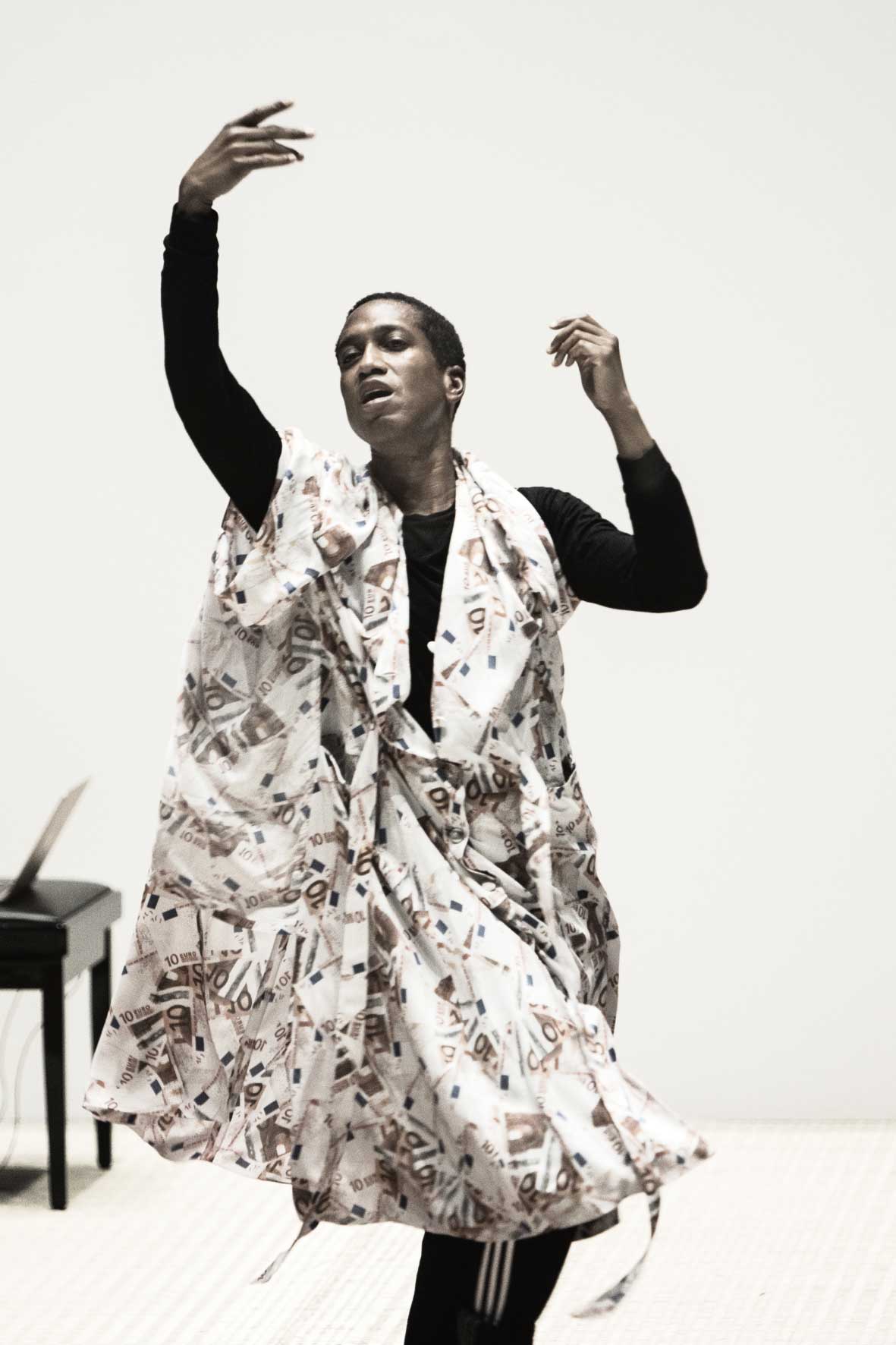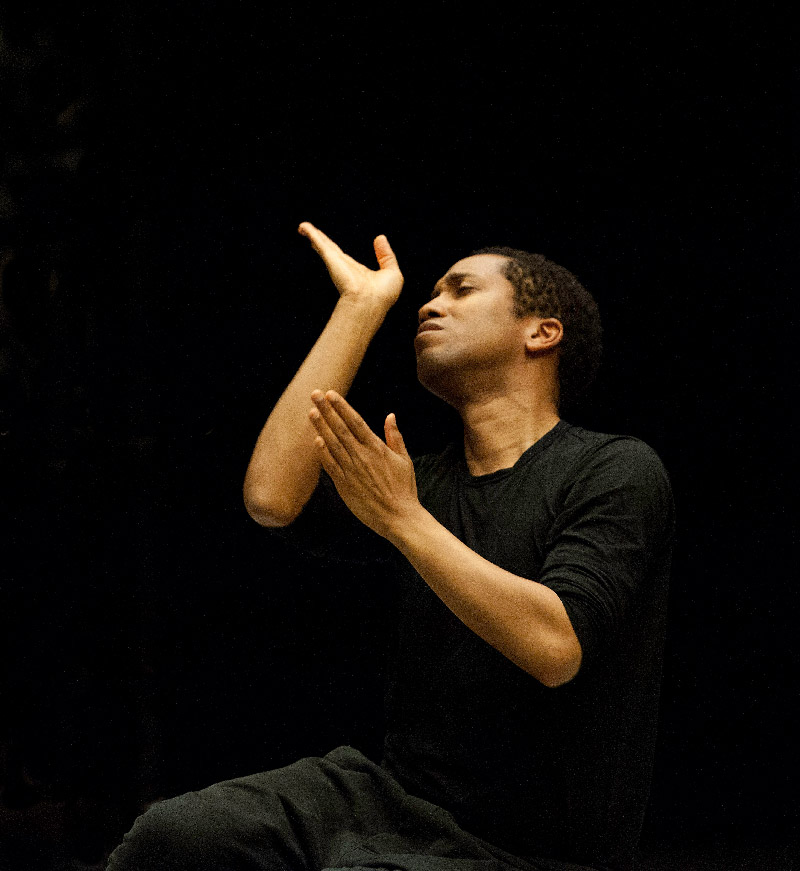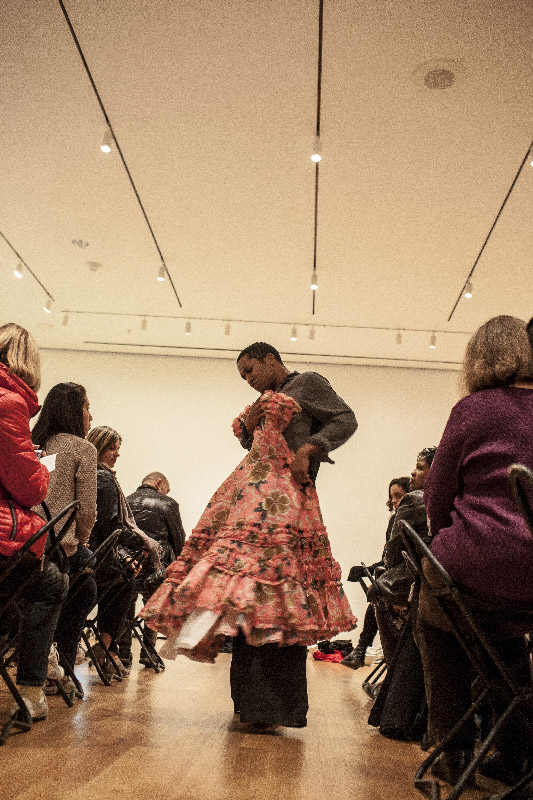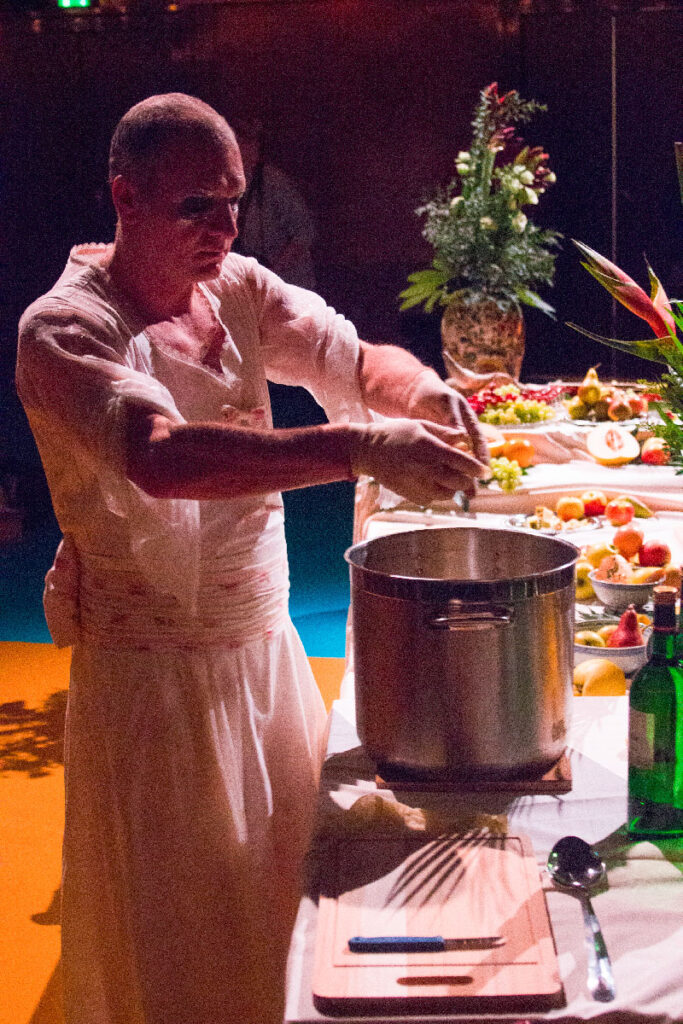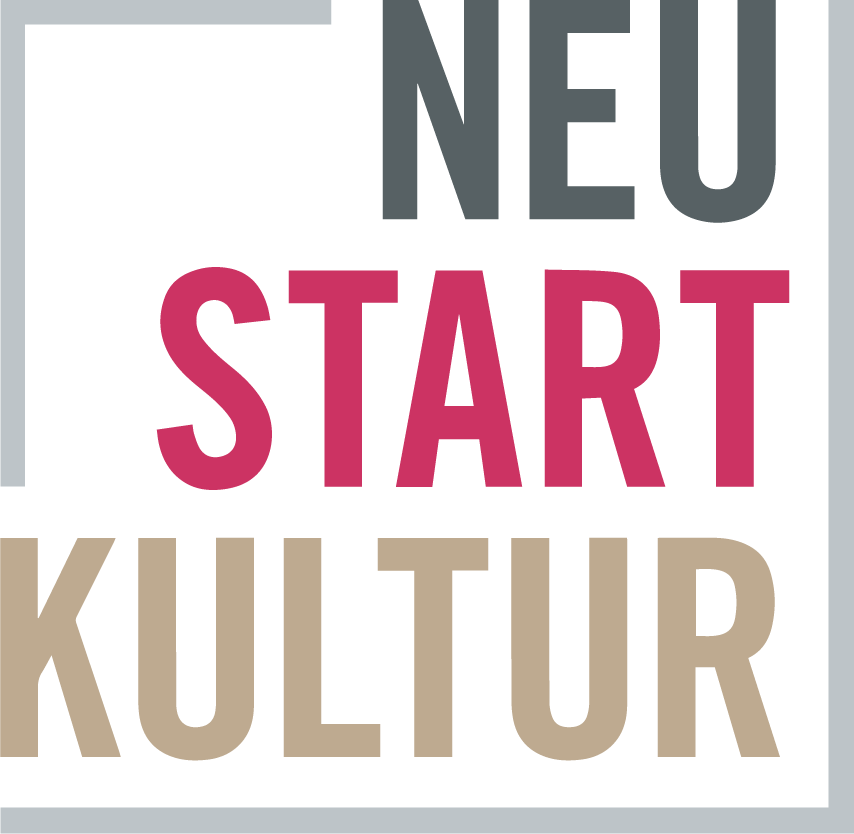Excitingly researched reports and a sensual encounter with the art of dance in richly illustrated stories with depth: These are the ingredients for a culinary journey around the world to meet new people and cultures, their conflicts and their arts.
Once upon a time,
people started dancing differently, painting differently, composing differently, filming differently, writing differently. Whenever art did something different from what culture expected of it, criticism arose – criticism which was by no means always against dancing or painting or composing differently, but which took this disturbance emanating from the arts as an opportunity to publicly reflect on why art changes and why the same world of yesterday is seen, heard and described so differently today.
Such criticism has always been voiced in the media – traditionally in newspapers and then later on the radio and on the Internet.
